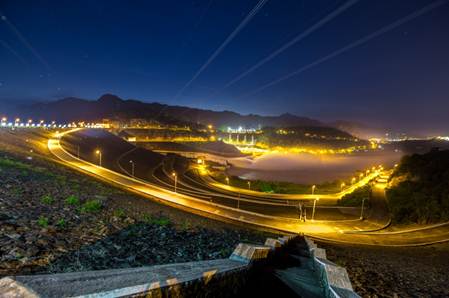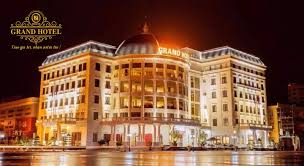X
Part I: Hoa Binh Province through historical paths
Chapter I: Hoa Binh Province from prehistoric times came before 1886 and from 1886 to 1954
Question 1: From the time of Hung Vuong to build the country until the middle of the nineteenth century, which Hoa Binh was the land, the land, the administrative unit?
A:
Van Lang water, erected by Hung Vuong at that time, had 15 ministries: Giao Chi, Cuu Chan, Vu Ninh, Viet Thuong Thi, Quan Ninh, Gia Ninh, Ninh Hai, Luc Hai, Thanh Tuyen, Tan Xuong, Binh Van, Nhat Nam, Hoai Hoan, Van Lang and Cuu Duc. Hoa Binh province is now located in the Southeast of Gia Ninh. The Gia Ninh Department is located in the North and Northeast, adjacent to Giao Chi and Vu Ninh, the Southeast and the South are adjacent to Quan Ninh and Cuu Chan, the North and North North are adjacent to the Van Lang, Van Lang set is the central area of Van Lang country.
By the time of the Northern domination, Hoa Binh territory was located in Vu Binh district. By the time of the Depression, Hoa Binh was located in Long Binh and Gia Ninh districts.
By the 10th century, after our country gained independence, ending a thousand years of North domination, Hoa Binh belonged to Phong Chau district. When Ly Thai To moved the capital from Hoa Lu to Dai La citadel (1010), Hoa Binh belonged to Quoc Oai highway (including the whole Hanoi land today). Under Tran dynasty, Hoa Binh belonged to Lam Tay religion - a large area consisting of Lai Chau, Nghia Lo, Yen Bai, Vinh Phuc, Phu Tho, Son La provinces, part of Ha Dong, Son Tay and provinces. Hoa Binh today. By the time of Lê Dynasty, Hòa Bình was located in Gia Hưng district, Hưng Hóa - Zhen Hưng Hóa province including Sơn La province, Phú Thọ province, part of Hà Nội and Hòa Bình province today.
From the mid-eighteenth century to the middle of the nineteenth century, Hoa Binh belonged to Hung Hoa, Son Tay, Hanoi and Ninh Binh provinces.
Question 2: What time is Hoa Binh province established? What is the name of Hoa Binh province?
On June 22, 1886, Kinh Bac Bac signed a decree to establish Muong province. At the time of establishment, Muong province had 04 government departments: Vang An, Luong Son, Lac Son and Cho Bo. Vang An district - Duc An district consists of 07 groups: Tinh Nhuc, Vu Vo, Cao Phong, My Khe, Boi Son, Cam Dai and Yen Lang. Phu Luong Son consists of 06 divisions: Kim Boi, Gia Cat, Hoa Lac, Phuong Hanh, Ly Luong and Thanh Duong. Lac Son district - Lac Thuy district has 07 cantons, of which Lac Lac Son consists of 4 generals: Lac Thien, Lac Nghiep, Lac Dao and Lac Thanh; Lac Thuy district consists of 3 cantons: Yen Lac, Yen Thai and Yen Binh. Cho Bo Town consists of 05 continents: Da Bac, Mai Chau, Moc Chau, Yen Chau, Phu Yen Chau.
Muong province is a name given by the French colonialists to divide the nation. The provincial capital is located in Bo Market, so people often call it Bo Province. On November 29, 1886, the Minister of China - North periodically decided to move the town to Phuong Lam and in April 1888, the French colonial government officially changed the name of Muong province to Phuong Lam province. The provincial capital is located at Phuong Lam (on the right hand side of Song Da). It is often flooded, difficult to trade, so on December 27, 1888, according to the Decree of the Governor General of Indochina, the provincial capital moved from Phuong Lam to Bo Market. On the night of the 29th and the morning of January 30, 1891, the Chinese language insurgent attacked the Bo Market, killing the Roman Envoy. The victory of Doc Nguoc disturbed the colonialists, the henchmen of the French colonialists had to calculate the way to move their headquarters to other places. By September 5, 1896, the Governor-General of Indochina signed a decree to transfer the provincial capital to Vinh Dieu village, Hoa Binh commune (on the left bank of the Da river), from there the province was named Hoa Binh province.
When officially named Hoa Binh, the province consists of 4 continents: Luong Son, Ky Son, Mai Da and Lac Son (including Lac Thuy district) 1.
Question 3: General outline of major ethnic groups living in Hoa Binh province?
A:
According to Hoa Binh Statistical Office, by 2016, the provincial population is estimated at 831,332 people, of which the Muong ethnic group is 548,535 people (accounting for over 65%), the Kinh ethnic group is 200,520 people (accounting for about 24%). ), Thai people are 33,145 people (about 4%), Tay people are 25,236 people (about 3%), Dao people are 16,870 people (about 2%), H'Mong people are 6,418 people ( accounting for 0.8%), the rest are other ethnic groups.
* Muong people:
Being a native resident, having a long history of origin, was the first owner of Hoa Binh land. Currently, Muong people reside in most districts and cities of Hoa Binh province, accounting for over 65% of the province's population. Muong people have ancestral origins with Kinh people (Based on linguistic, anthropological, ethnographic and archaeological materials). Traditional social organization of Muong people follows Lang Dao regime. Muong people live in low hills, near rivers and streams, have a tradition of living together with fields in the mountain valleys, soon to know irrigation, dams to get water. One of the highlights of the Muong community is old and now is cohesion, support and help each other in life.
* Kinh people:
The Kinh people came to Hoa Binh scattered at different times, including the two most important moments from the second half of the XVIII and the 60s of the twentieth century. In production and life, Kinh people in Hoa Binh are not different from Kinh people in the Red River Delta, however there is a considerable economic and cultural interference with the ethnic minorities.
* Thailander:
The ancestors of Thai people in Muong Khoc - Pac Ha (Bac Ha - Lao Cai today). HOUR










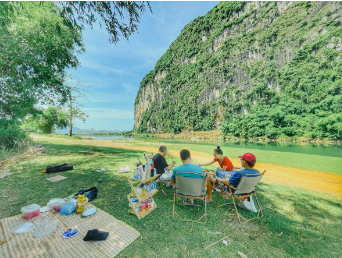
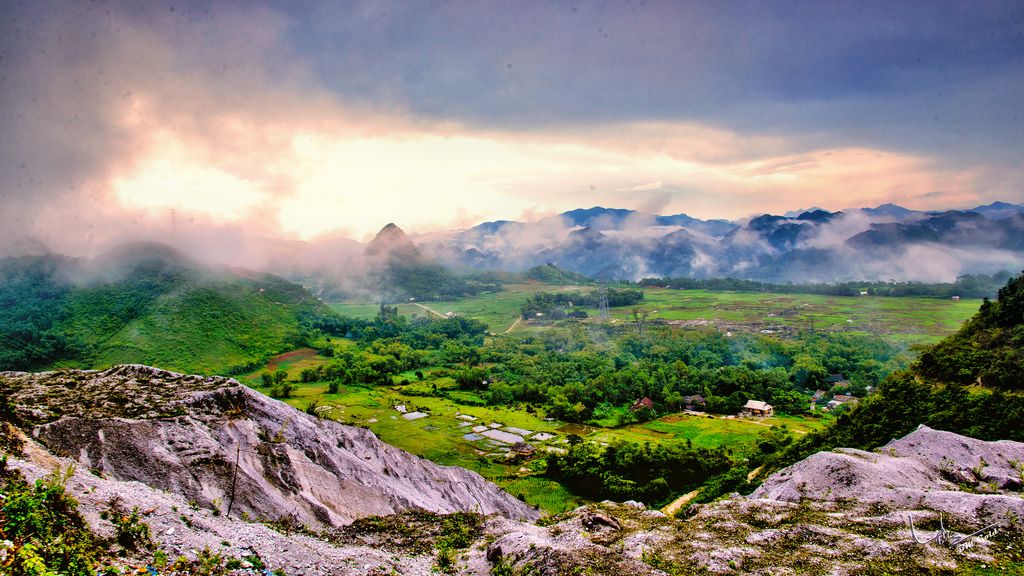
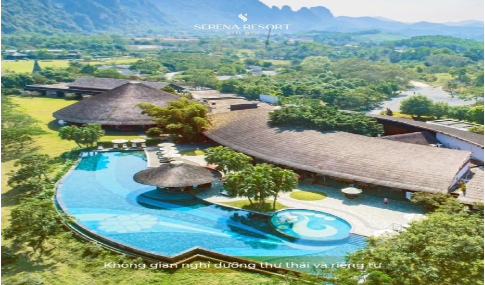
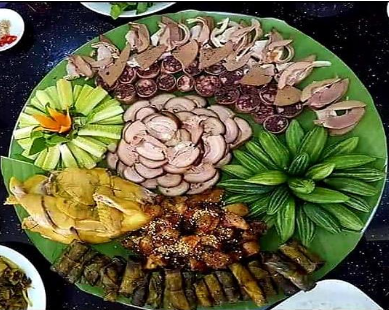

_636886053534704917.jpg)
